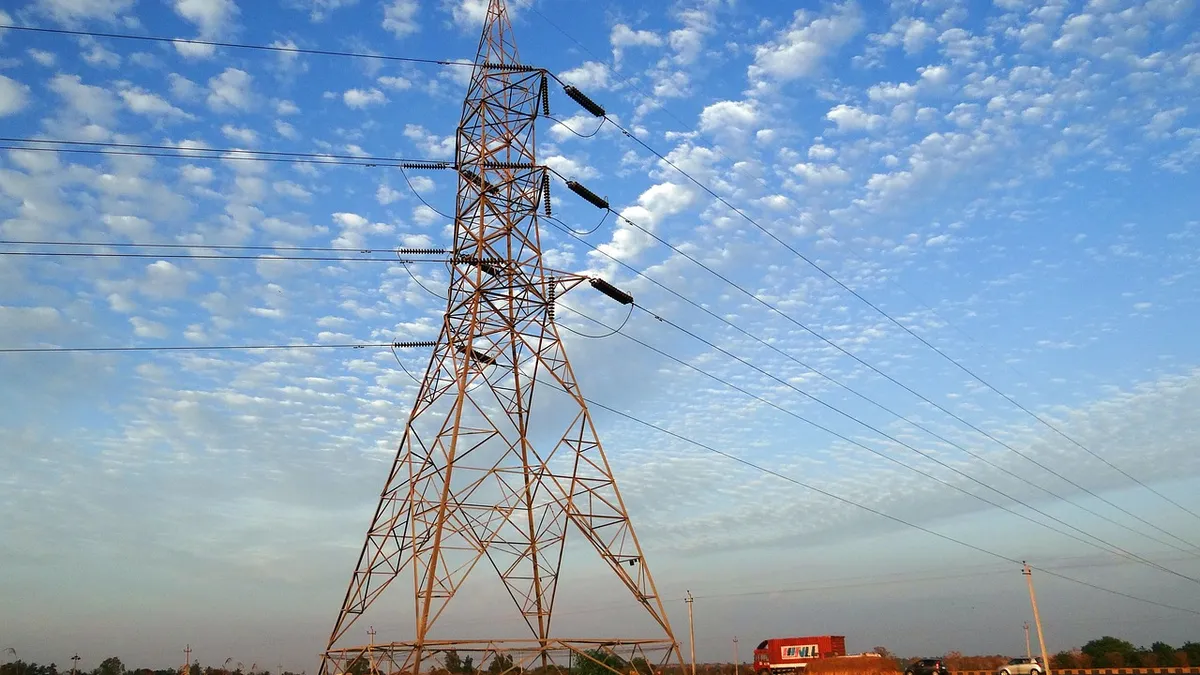Today, Essense Partners launched its 2017 Top 40 Utility PowerBrands. This ranking of the best investor-owned electric utility brands is the result of a comprehensive investigation of over 200 measures of utility brand strength, categorized along four dimensions: brand identity, corporate narrative, customer experience, and employee experience.
Managing corporate brands is tricky. It is both the least tangible and the most important asset that an organization possesses. Also, while it is relatively easy to influence customer brand perception through marketing and communications, it is difficult to measure the specific impact that any campaign has on brand reputation.
Compounding this issue for electric utility brands is the fact that the underlying marketplace is changing. As an electric utility, how do you create and maintain a winning brand when the marketplace itself is changing? The answer is to develop a dynamically robust brand where all of its strategic components reinforce each other and can propel the brand forward in a coherent way as marketplace needs change. We evaluate this propensity for dynamic robustness using our PowerBrands Score.
What Drives Your PowerBrands Score?
Each utility’s PowerBrands Score is made up of four core brand value drivers that positively reinforce each other – brand identity, corporate narrative, customer experience and employee experience. Each brand driver is made up of multiple evaluation criteria that are weighted uniquely to fit the dynamics of the energy sector.
Brand Identity: In general, brand identity consists of the brand’s visual and verbal identities, which together give a brand its unique personality. Evaluation criteria include maintaining branding consistency across channels, as well as owning a differentiated identity that has marketplace appeal, credibility, and meaningfulness. In the energy sector, the importance of credible and meaningful branding is greater than for other sectors because the offering itself – electricity – is amorphous.
Corporate Narrative: a strong corporate narrative matters more for energy companies today than for most other businesses, given the sector’s evolving landscape and the need for energy companies to be clear in what they stand for. Evaluation criteria here include the clarity of organizational purpose, key messages, relationship with parent company (if any), and how the brand chooses to connect its business strategy to its customers.
Customer Experience: Customer experience is at the core of utility brand interactions. From outage management experiences to the customer service associated with setting up and terminating service, there are several core experiences that a utility offers its customers through technology, process and people. In addition, utilities often have programmatic services that may be accretive or dilutive to the overall customer experience. Lastly, we live in a digital world anyone can see how their utilities are performing, from individual customers providing feedback on yelp or google, to systematic rating agencies like J.D. Power. Because these scores tend to influence the way in which a utility is perceived, these are among our evaluation criteria.
Employee Experience: The most compelling brands are those that succeed in being both customer- and employee-facing. For the utility sector, we see this brand driver being in a state of flux, as long-time utility employees are retiring in significant numbers, and new talent is being sought to not only fill the ranks but also to bring new skills to the organization. Evaluation criteria here include employer ratings, employee engagement activities, corporate culture, and corporate awards.

Together, these criteria result in a single Power Brands Score for the utility.
Benefits of a High PowerBrands Score
In our experience, having a high PowerBrands Score is associated with several immediate benefits for utilities. First, utilities with high PowerBrands Scores can better withstand negative press and can soar higher on positive news stories. Second, the higher the PowerBrands Score, the easier it is for utilities to get customers to serve as community advocates, to have them sign up for utility programs, and in general have them be patient and loyal customers.
Longer-term, a high PowerBrands Score means that your brand is most resilient and adaptable to change as utility business model shifts begin to happen. Because each of your brand drivers is working well to strategically reinforce what your brand stands for, any of the levers can be used to dynamically shift the brand’s connection with customers over time. Fundamentally, a true brand leader is able to inspire its audience base to follow it, and this is what a high PowerBrands Score enables.
The Top 10 Electric Utility PowerBrands of 2017
We applied our PowerBrands methodology to the 140+ customer-facing investor-owned electric utility brands. Congratulations to the 2017 Top 10 utility brands:
- Duke Energy
- Green Mountain Power Corp
- ComEd
- Gulf Power
- Georgia Power
- Alabama Power
- DTE Energy
- Arizona Public Service
- Florida Power & Light
- PECO
For the full list of 2017 Top 40 Utility PowerBrands, visit essensepartners.com/ideas.










